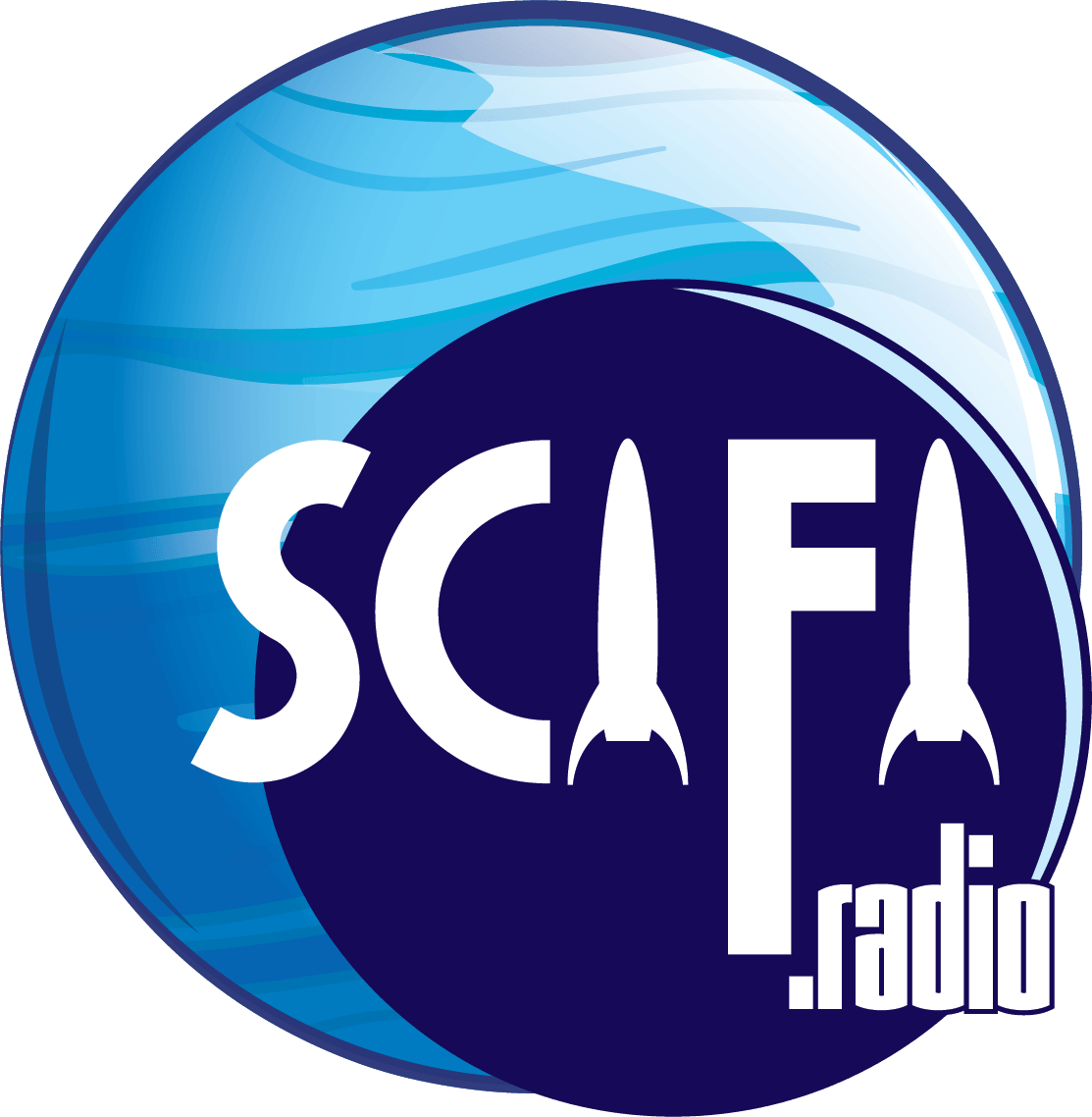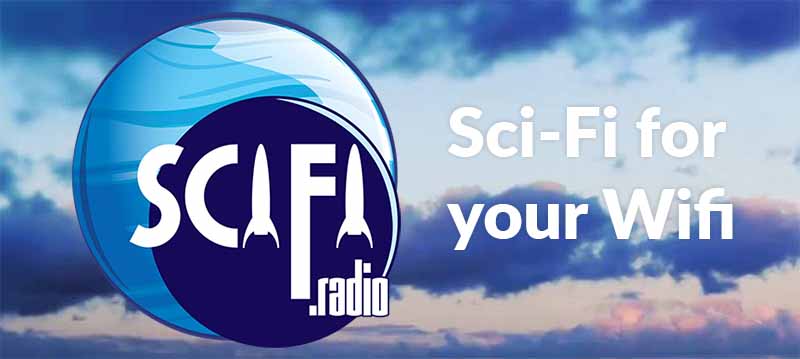A Star Trek fan film that shows CBS how it’s done. And yes, CBS, you should be worried.
Created by Albert Martinez entirely in his own spare time, with VFX co-created by Ricardo Elliott, the short is about Captain Storm piloting a new experimental ship called the U.S.S. Albatross. It was created in 2016, inspired by Star Trek Beyond.
This visually beautiful film reminds us so painfully what we have not been given from the company which is creating Star Trek: Discovery, as if it were a proper palliative for not giving us the 24th century Star Trek we were hoping for.
Under the guidelines of the new CBS agreements, an ambitious group tries to keep their production under a half hour and still make you care about a Star Trek set in what appears to be the Prime Timeline, at a point just after Voyager returns.
There isn’t enough time to really do anything special in terms of story line, but it is a nice introduction to what could be done on the CGI front, if someone were to love Star Trek the way Gene Roddenberry once did. This is a labor of love and it shows in every frame.
Hey Abrams, you might want to take note. Lens flares are at a minimum. It can be done.
How They Did It
The main software they used was none other than the free, open source modeling, rendering and animation package called Blender. As capable as any professional package, it offers an entry point into the world of computer animation and effects that won’t break the budget of an amateur CG artist, yet has all the power you need to produce results like this.
For those who want to either get into the business, or just do your own professional grade stuff, you could do far worse than choosing Blender. The skills you gain working with it will translate to other animation and effects packages, because the general techniques and terminology are the same everywhere.
After Blender, the rest was the usual production cluster of Adobe products: Premiere, After Effects, and Audition. Audacity was also used for some sound, and Video Hive and Motion Pulse libraries were used for motion graphics and sound effects, respectively.
This is all off the shelf stuff, and it could have been done with all open source software had Martinez chosen to do so.
What will you make? What’s your passion?
-30-
SCIFI.radio is listener supported sci-fi geek culture radio, and operates almost exclusively via the generous contributions of our fans via our Patreon campaign. If you like, you can also use our tip jar and send us a little something to help support the many fine creatives that make this station possible.











